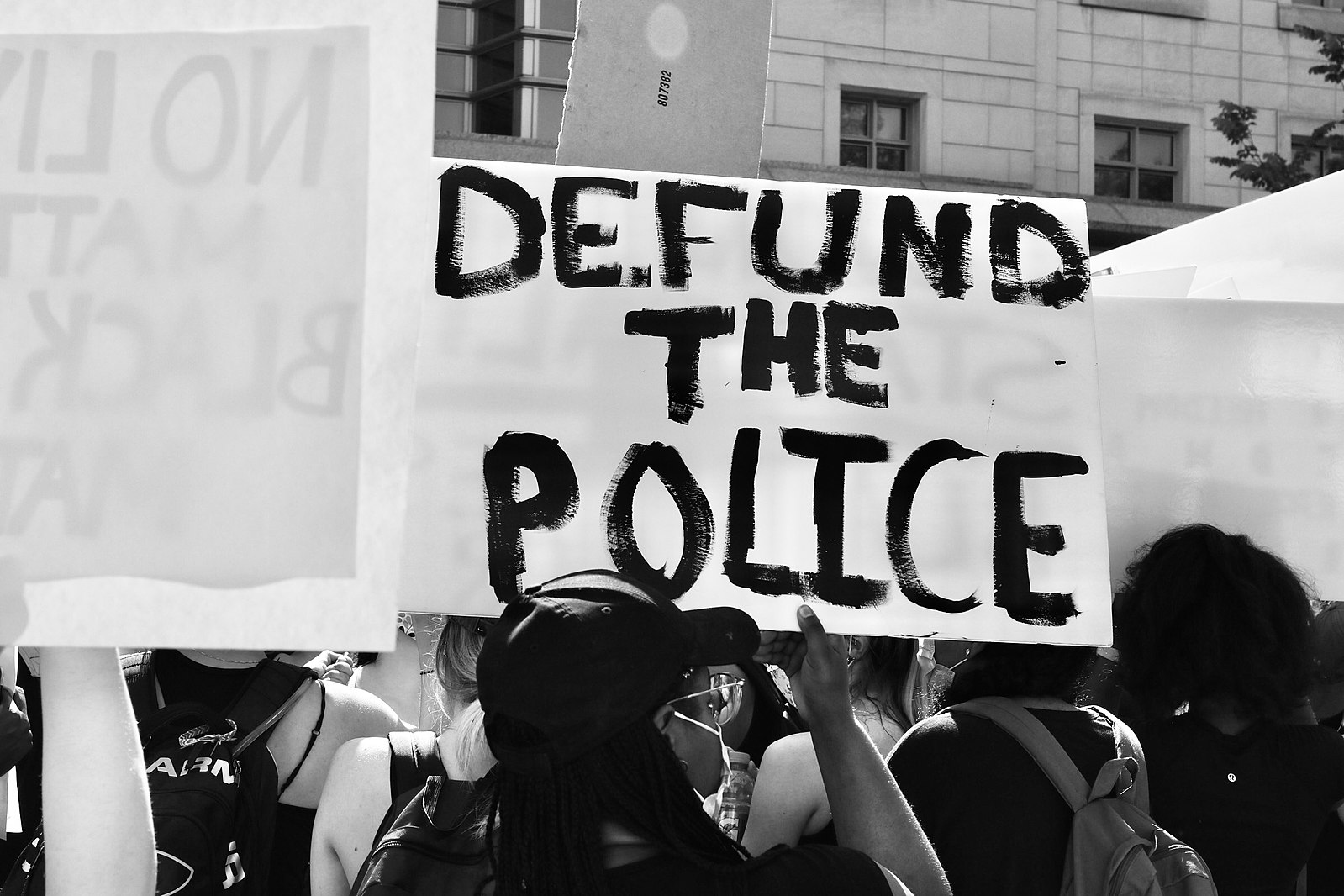This summer the Austin City Council voted to implement police reforms and reduce the Austin Police Department’s budget by $150 million. On its face, these passages appear to address the demands of this summer’s social movements. The city council voted to restrict the use of force and approved bans on certain forms of lethal munitions. Although the reported budget cut is $150 million, only $20 million has actually been cut from the department’s budget according to the city’s most recent adopted budget.
Yet, the passage of police reforms in Austin and nationally is a façade — an empty gesture.
Passing reforms will not end police violence. In the wake of George Floyd’s murder, legislatures, advocates, and policymakers across the country have moved to prioritize police reform policies. Congress has introduced bills such as the Justice of Policing Act, with goals to pass measures including requiring body cameras for officers, banning the use of chokeholds, and mandating further training for police. Regardless of the good intentions behind these policies, the police cannot be reformed.
The police reformist movement only serves to secure the police as a means of public safety, for which they are not. Activist Angela Davis likens the insistence that police can be reformed and are a needed institution in society to the logic used to defend slavery — and points out that oppression is inherent in both. The only way that we, as a society, can push for the end of police violence is by decreasing police funding and reducing the reach of the police.
Grassroots abolitionist organization Critical Resistance lays out the difference between what they call “reformist reforms,” which only perpetuate and expand the reach of policing by further funding and legitimizing the police, versus abolitionist tactics that help reduce police reach and foster community safety. Classic reformist tactics include policies such as requiring cops to wear body cameras, which grew in popularity following the 2014 police murders of Michael Brown and Eric Garner. Yet, the national push toward body cameras as a means of reducing police violence is a bluff intended to skirt around the actual problem: police violence and resulting harm in communities.
In 2015, around 95 percent of major police departments reported using body cameras or committed to utilizing them in the future, yet police violence and killings have not decreased. Cops seem to have no issue enacting violence while their body cameras are on. After all, the odds of officers being held accountable are low. One study from 2017 analyzed police use of force and found that, among 2,000 cops in Washington, DC, the use of force and rate of civilian complaints was about the same between cops with body cameras and cops without them. Reforms like this one only allocate more funds toward the police, but do little to address root issues of harm within communities. They legitimize police.
Other reforms, like requiring further training for police, are also fruitless in preventing police violence. Trainings such as those that address implicit biases among police have seen a rise in popularity in recent years, but there is evidence that these trainings do not produce changed behavior. These reforms fail to acknowledge that policing is inherently violent. Policing is an oppressive means of social control enforced by the state. The only way police reforms would succeed in decreasing violence would be to address the nature of policing, which they do not.
The last decade has seen heightened demands to end police violence, other inherently racist facets of the criminal legal system such as the bail system, and the prison industrial complex. Since then, reformers have co-opted these demands and focused on steps that broaden the confines of policing, as seen in Austin this summer. Reformist tactics such as these do more harm than good and will fail to end police violence.
To eradicate police violence, we must support alternatives to policing, back police department budget cuts, push for the reinvestment of funds into community resources, and advocate for other ways of addressing harm. If we imagine a world without police, we might discover that safety is in community, and that the police are not keeping us safe despite attempts at reform.

